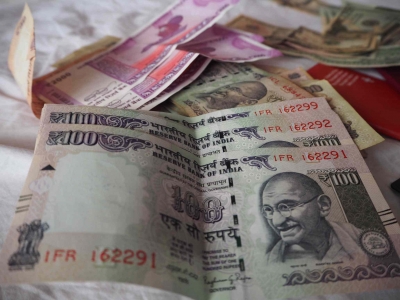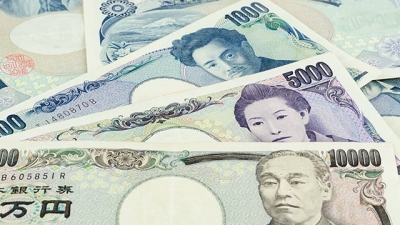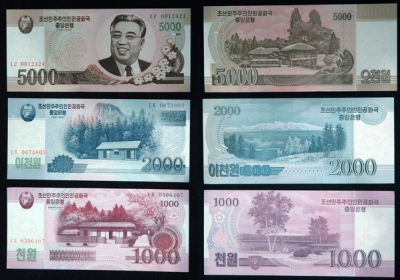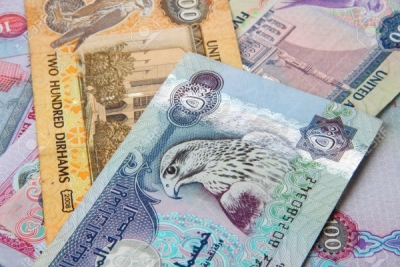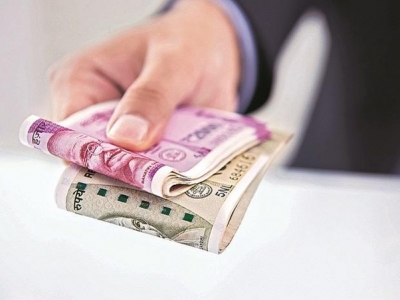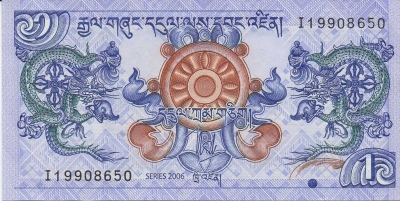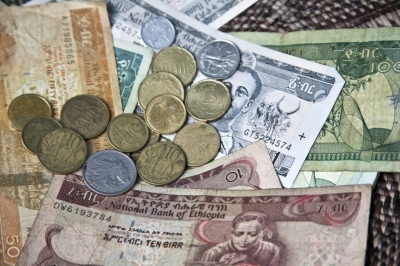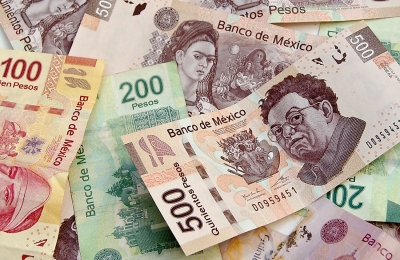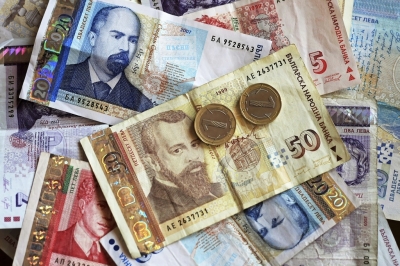What is cryptocurrency?
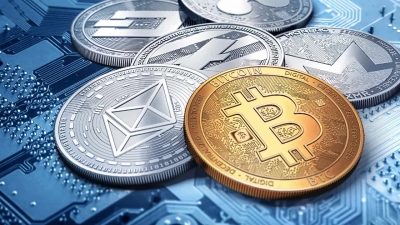
You might have heard your parents and adults discuss cryptocurrency and investments in it. You may have come across terms such as Bitcoin, Ethereum, and Litecoin.
Cryptocurrency is a type of virtual or digital money. Unlike currency notes that can be carried around, cryptocurrency is a medium of exchange created and stored electronically. It is crucial to note that it is not legal tender in India. (El Salvador is the only country which has made the cryptocurrency Bitcoin legal tender).
How does it work?
The technology behind cryptocurrency allows users to send electronic money to each other without going through a third party like a bank.
Cryptocurrency, which exists only in the digital world, relies on encryption to make transactions secure. Every single transaction is recorded in a public digital ledger called blockchain. The ledger is maintained by a network of miners. who verify the transaction.
Anyone who conducts a cryptocurrency transaction is, connected with the system that by default makes them a record-keeper. That means whenever a transaction is being carried out, all users get notified of the deal in their account. That is, every user has a record of the history of all transactions and also of the balance in every account.
Who invented cryptocurrency?
No one knows. The cryptocurrency was invented in 2008 by an unknown person or group that goes by the name Satoshi Nakamoto.
What is the value of cryptocurrency?
The value of each cryptocurrency is not fixed. Their worth is decided by what people are willing to pay for them. Their value is determined by various factors such as demand, supply and other competing cryptocurrencies.
What are some of the cryptocurrencies?
Bitcoin was the first decentralised cryptocurrency introduced as open-source software in 2009. It continues to be popular in the world of cryptocurrencies. However, there are several cryptocurrencies such as Litecoin, Ethereum, Ripple and Primecoin in use today, with some estimates puting the number at 1300.
What is India's stand on cryptocurrency?
As seen earlier, cryptocurrency is not legal tender in India. This means you cannot buy or sell anything using cryptocurrency.
However, one can invest, trade or mine in cryptocurrency, as there are no laws to prohibit it. In recent times, investment in cryptocurrency has been growing rapidly among Indians due to steady innovations in the digital landscape. It has generated quick wealth for many investors despite the high risks associated with it.
This has made our government to sit up and take notice. In general, governments around the world are eyeing the currency's popularity warily because it has the potential to upend the existing financial system and undermine governments role in it. Cryptocurrency also faces criticism for its potential to be used in illegal activities.
Recently, a meeting was held between India's Prime Minister Narendra Modi and representatives from the Finance Ministry. the Home Ministry and the Reserve Bank of India (RBI). The RBI expressed its long-standing concern over using cryptocurrency and investing in it. So the Central Government is likely to bring in a law to regulate cryptocurrency usage. It is likely to introduce a comprehensive Bill on cryptocurrency in the upcoming Winter Session of Parliament.
What about other countries?
The legal status of cryptocurrency varies substantially from country to country and is still undefined or changing in many of them. Many countries such as Germany allow citizens to trade, but the proceeds from the trade are taxable. In Asian countries such as Bangladesh, Nepal, and Kyrgyzstan, using or trading in virtual currencies is illegal. China recently announced that all 'cryptocurrency-related business activities are "illegal financial activities" and strictly prohibited.
Picture Credit : Google
